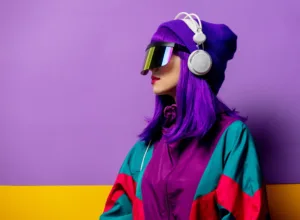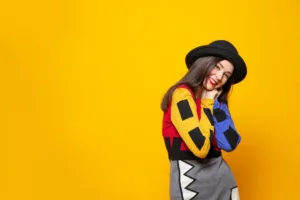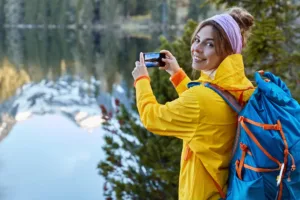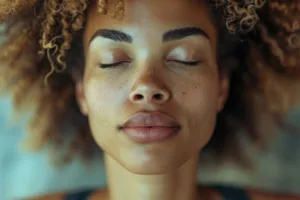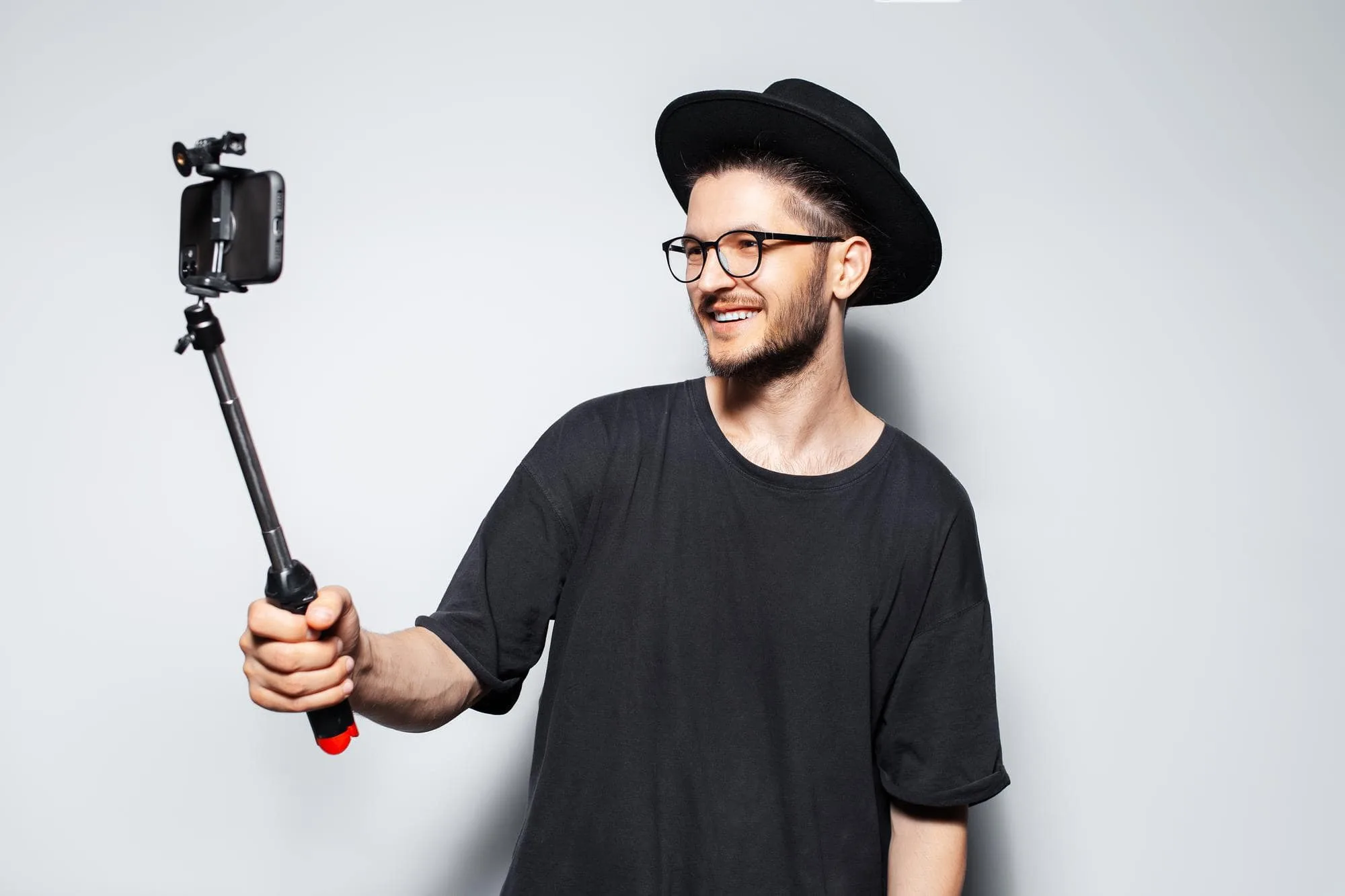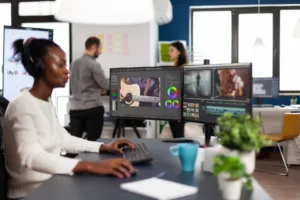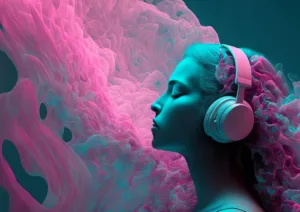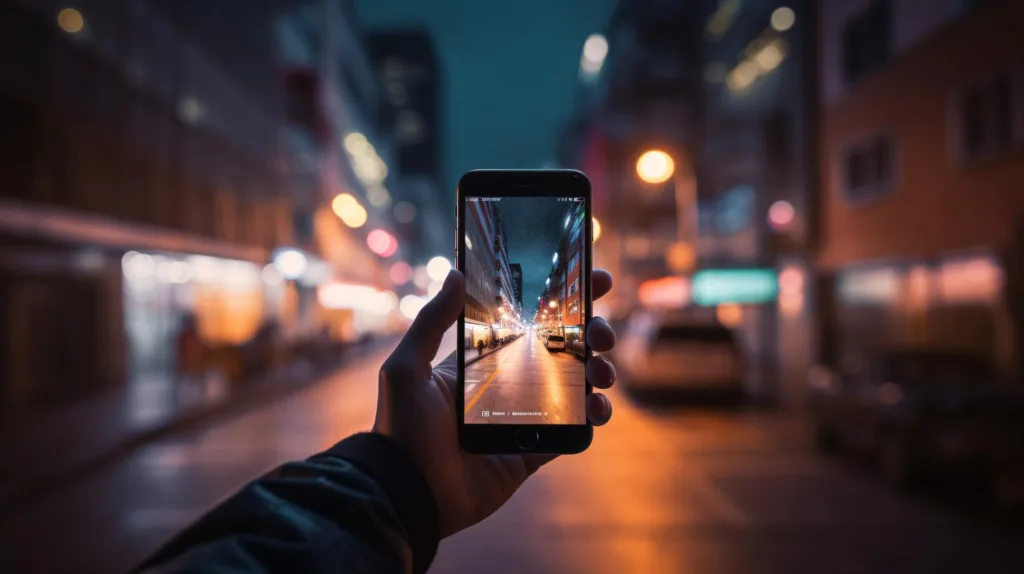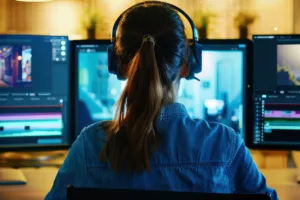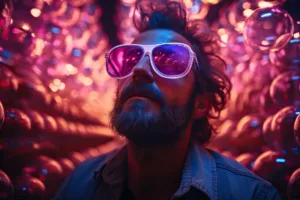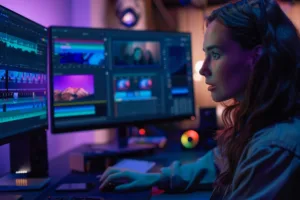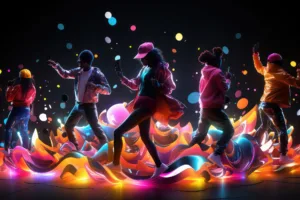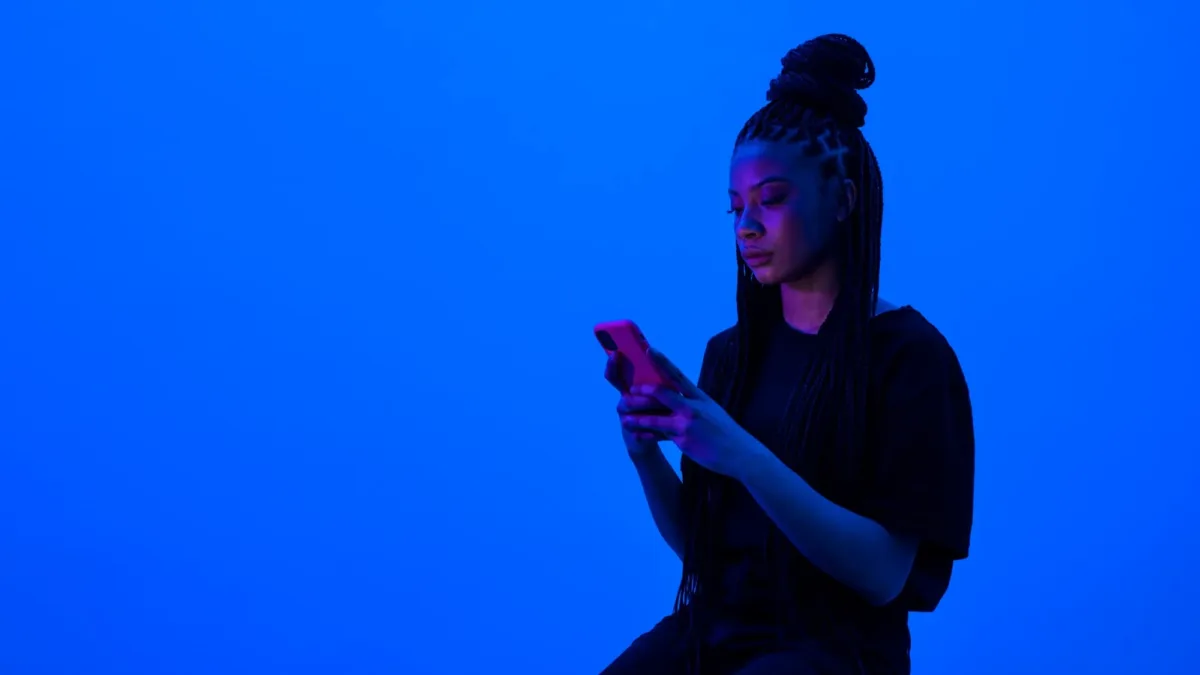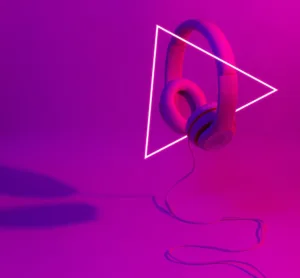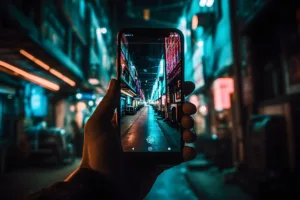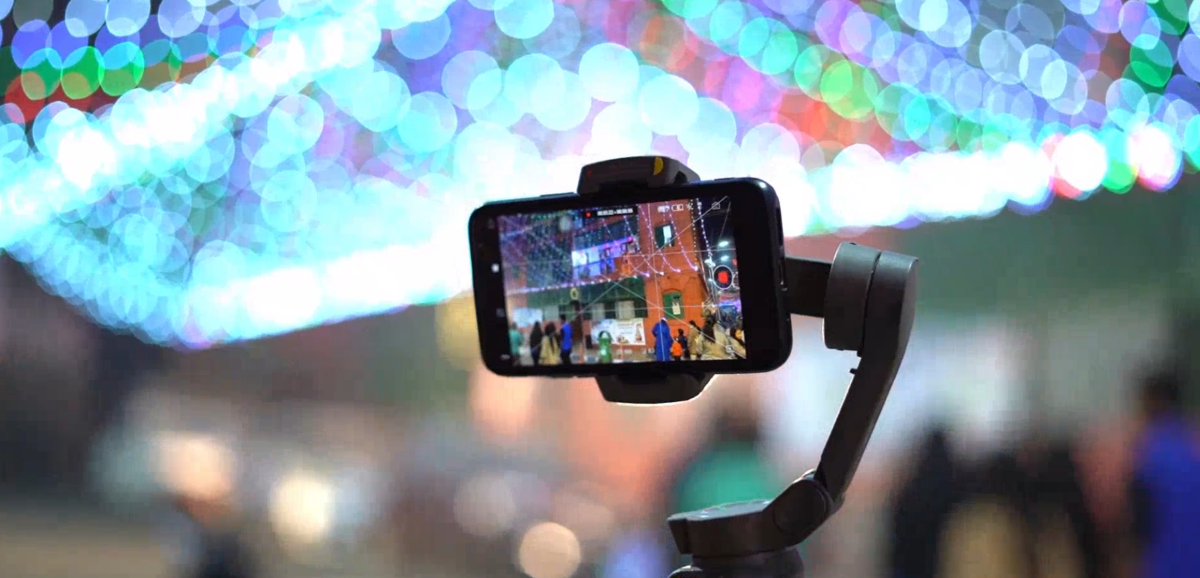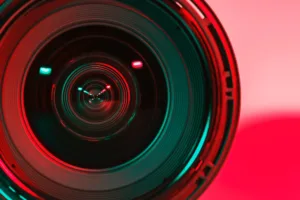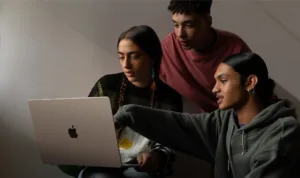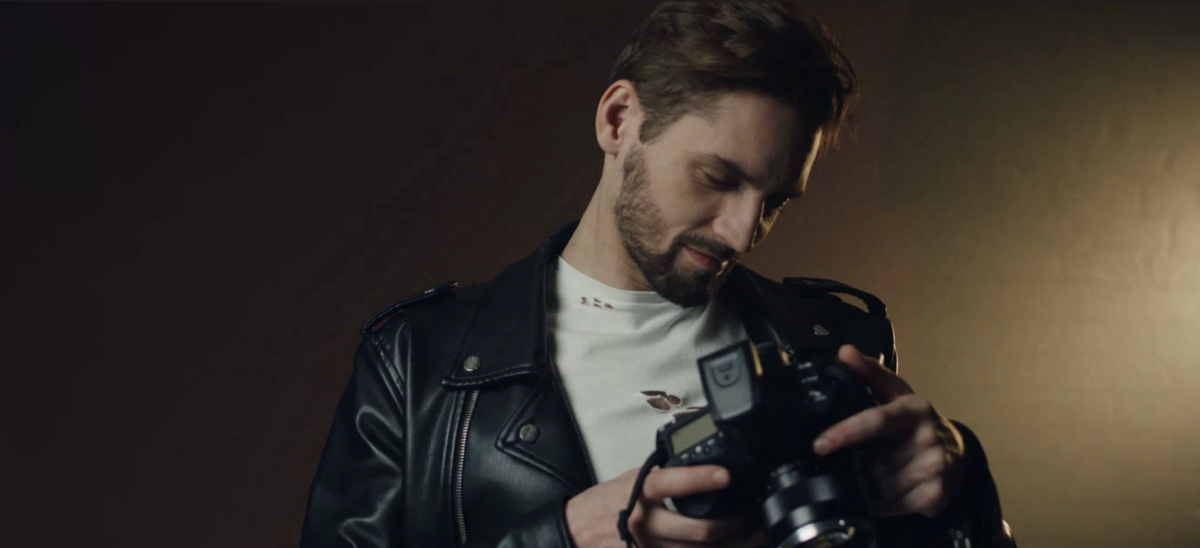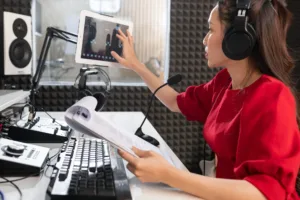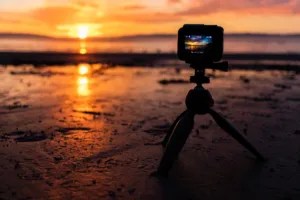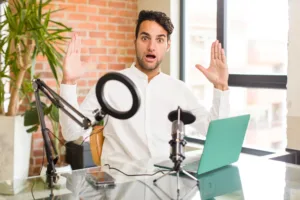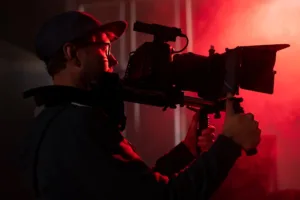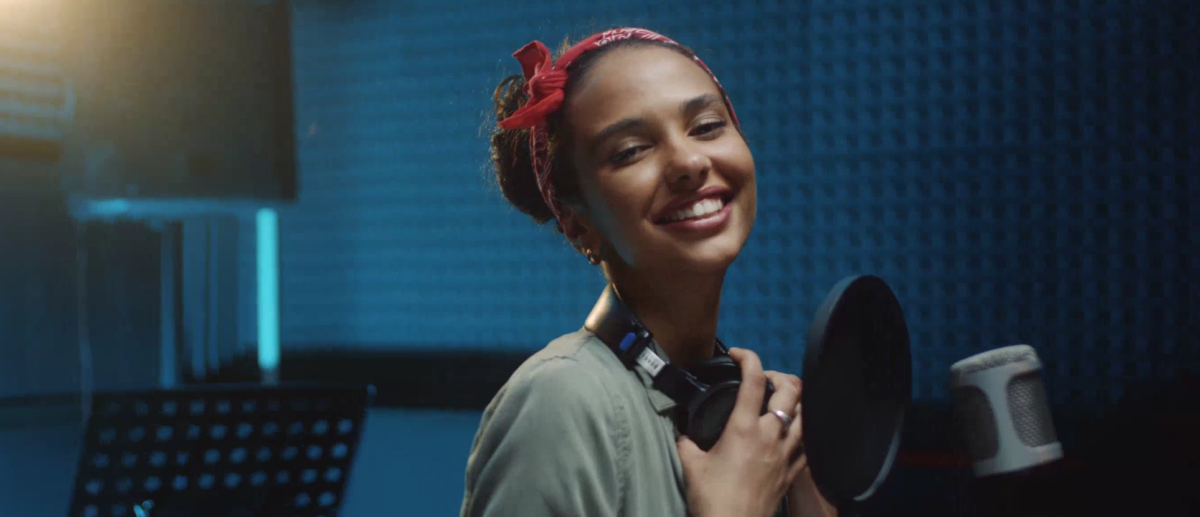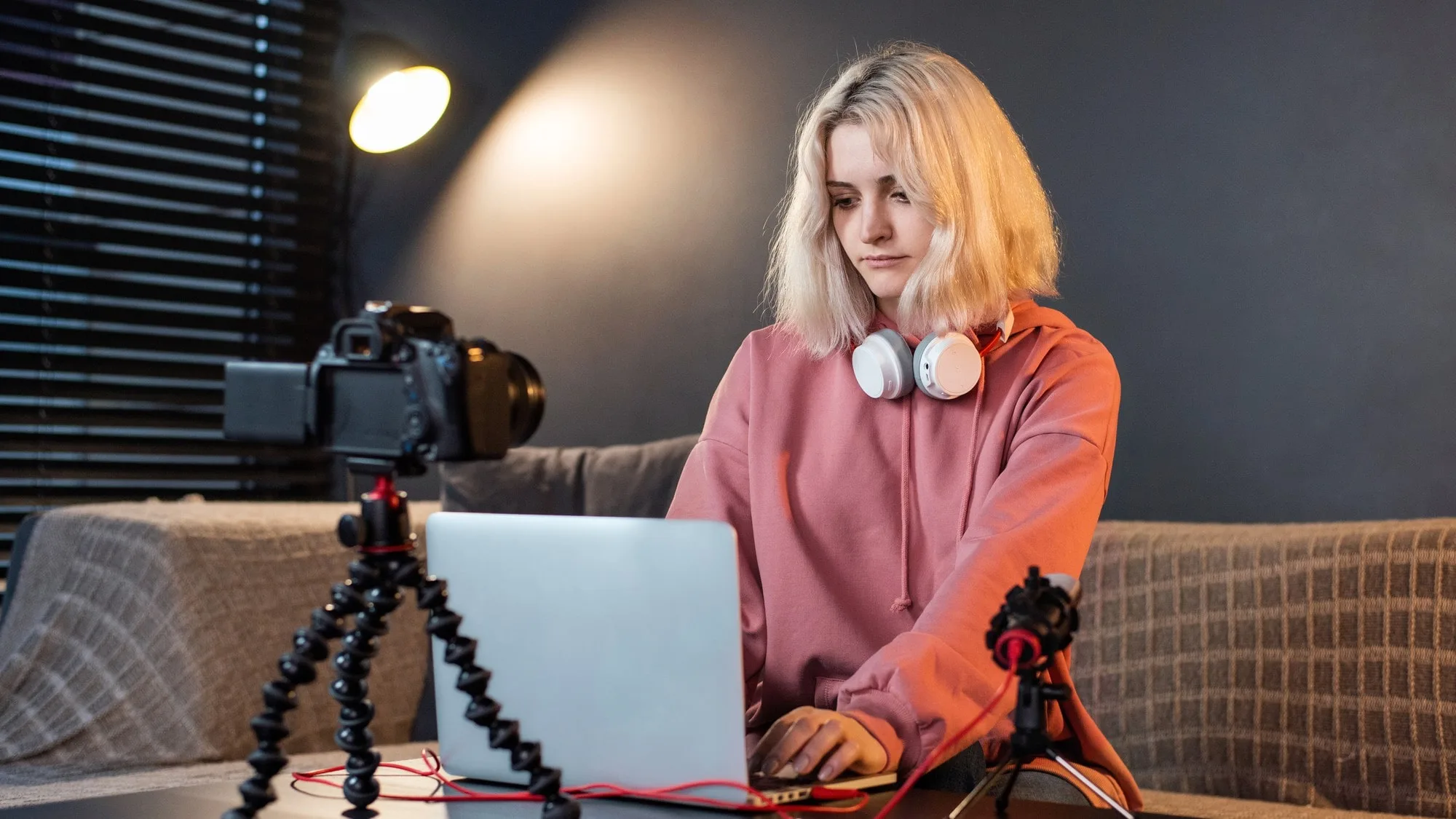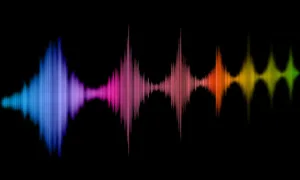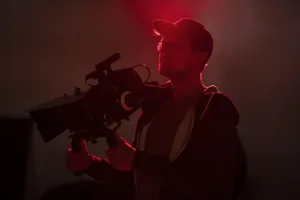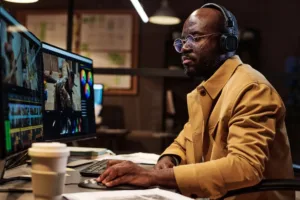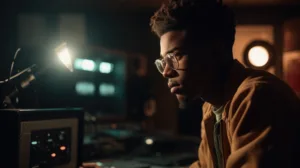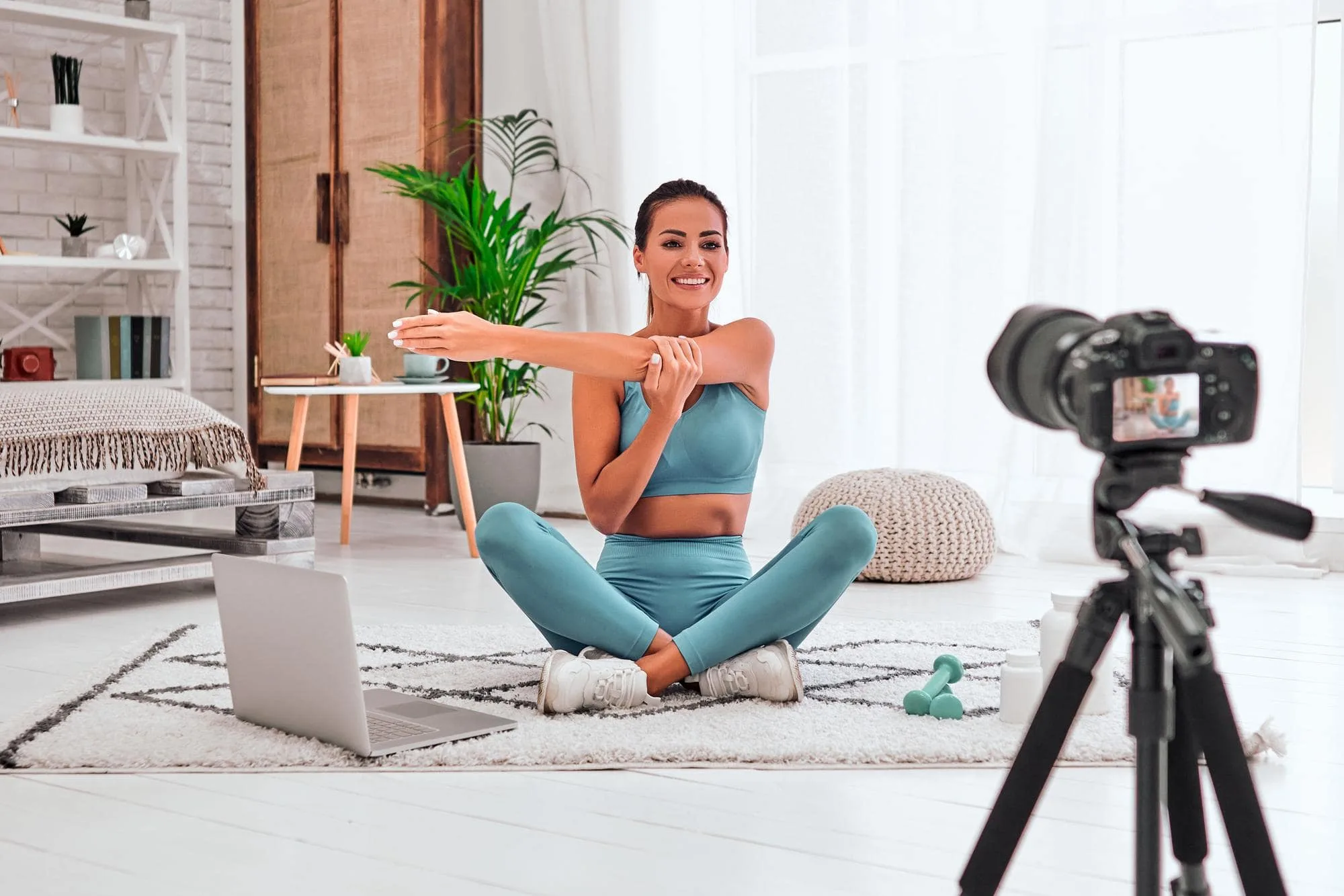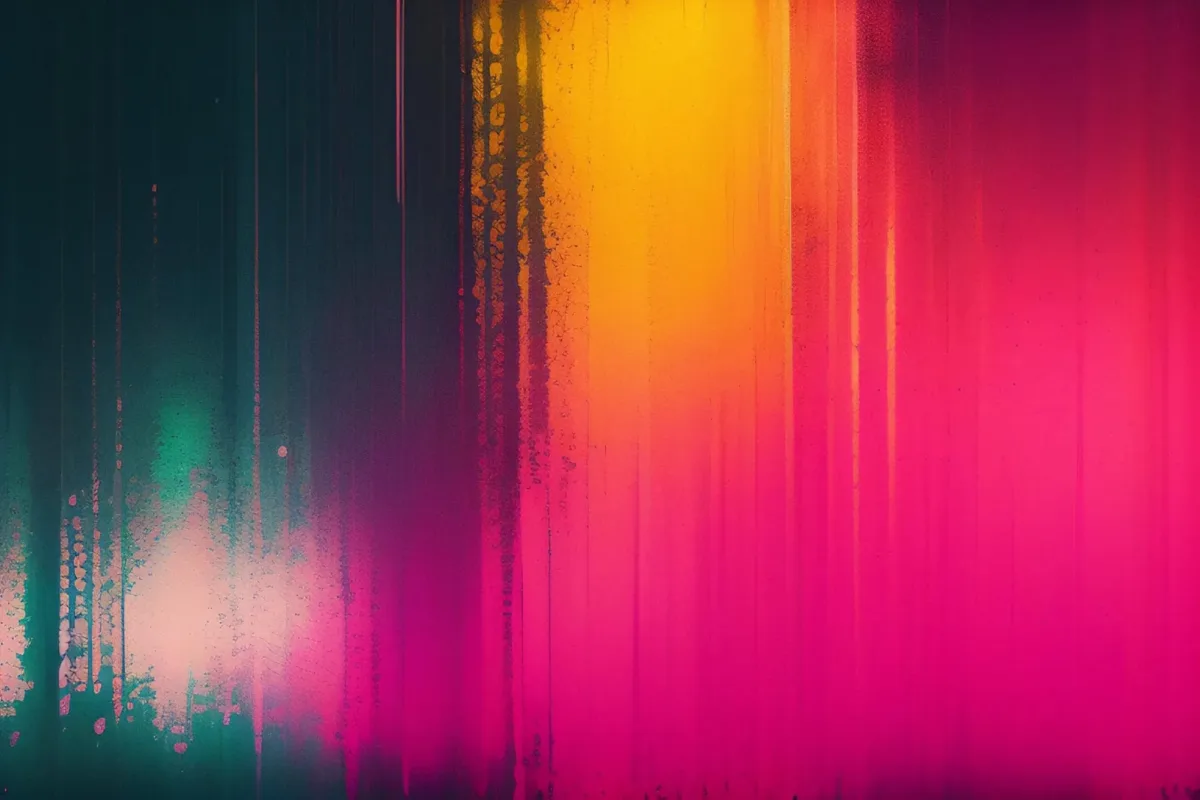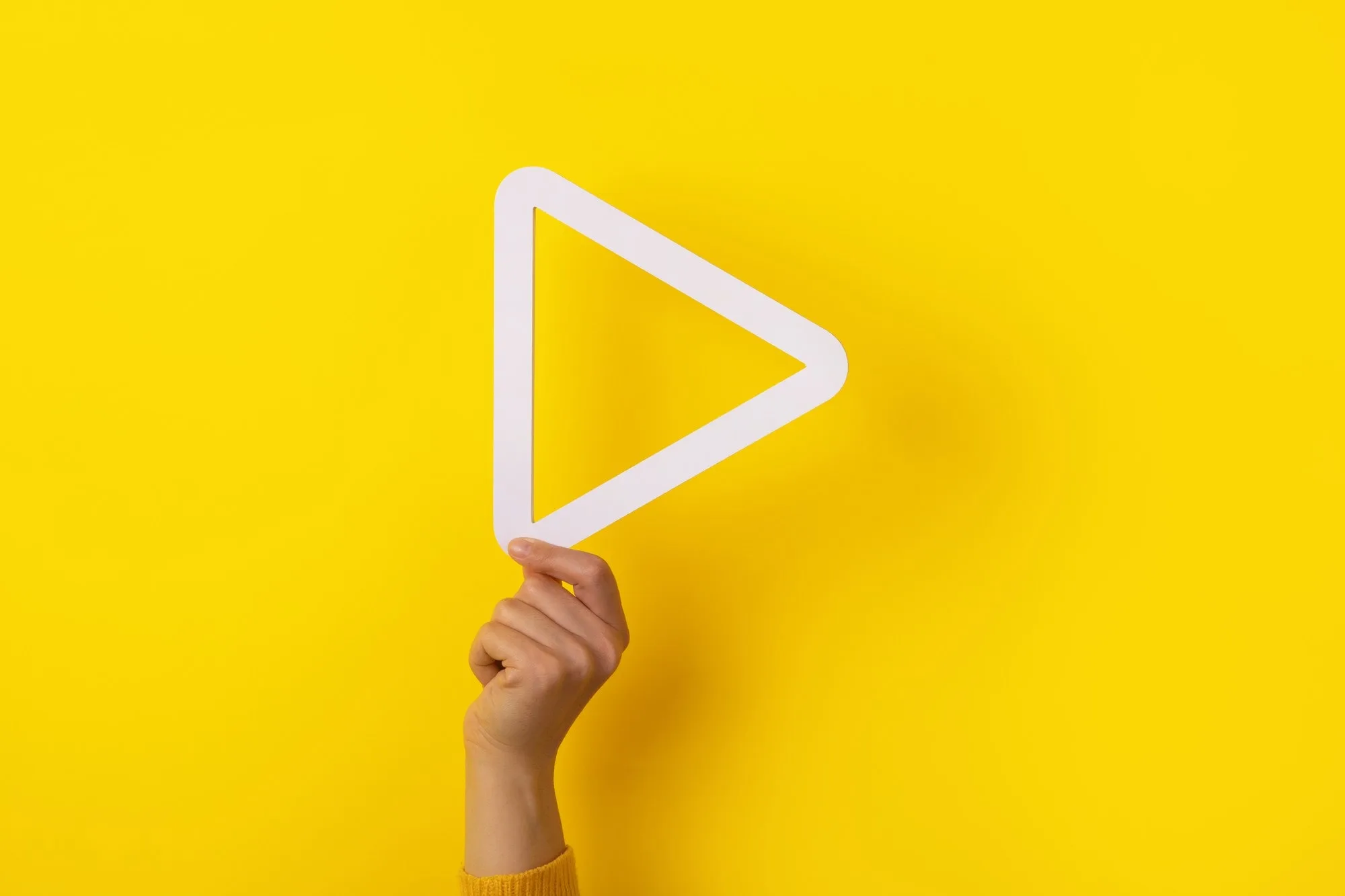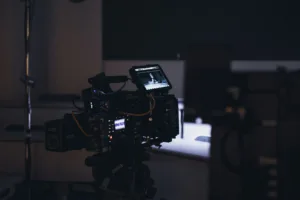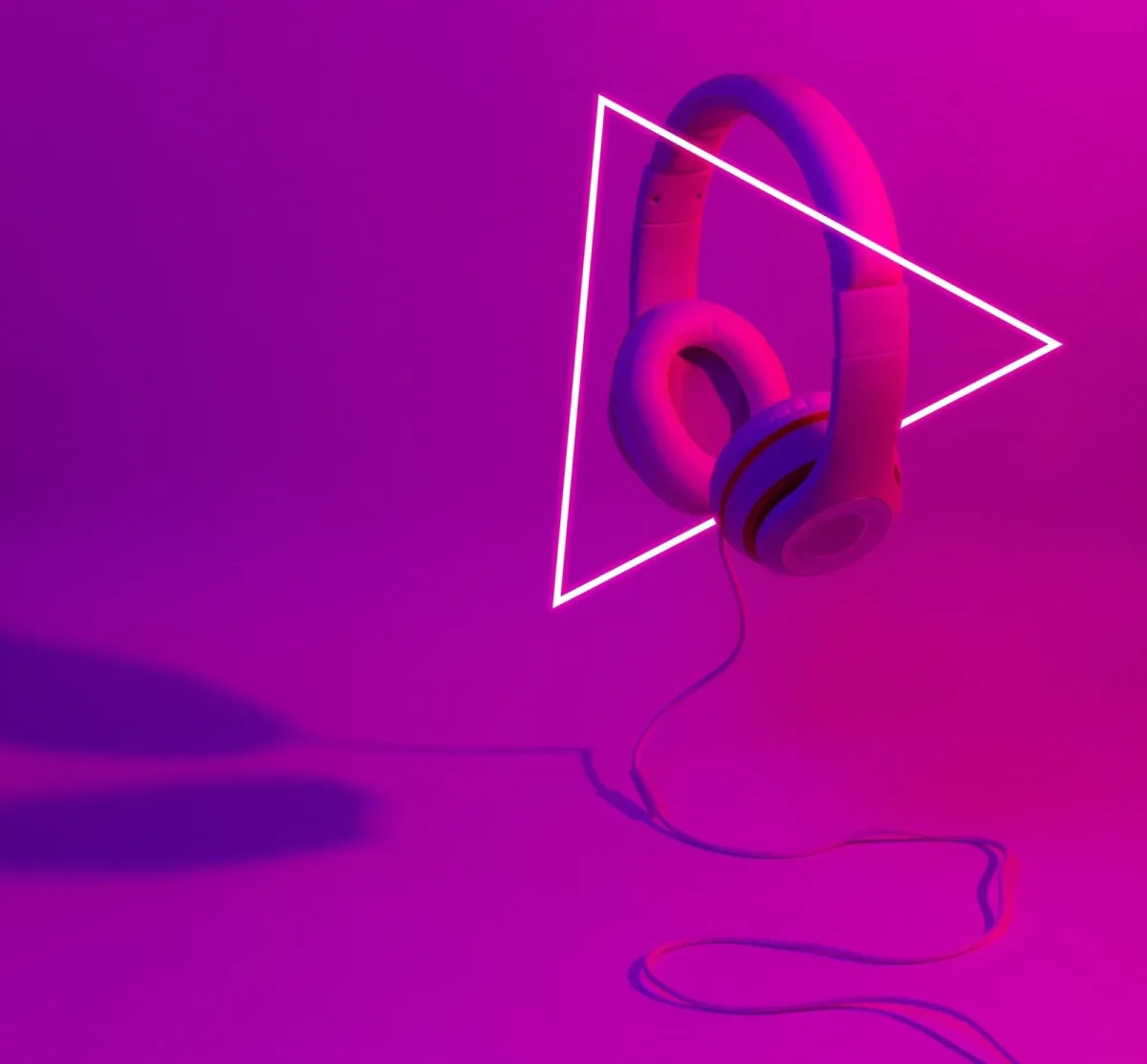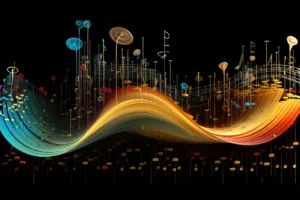The Power of Royalty Free Music: Enhancing Your Creative Projects.
In the vast landscape of creative projects, royalty free music holds the remarkable ability to transform and elevate the overall experience. Whether it’s a video production, podcast, advertisement, or any other creative endeavor, the right choice of music can make a significant impact on the audience’s emotions and perceptions.
This is where the power of royalty-free music shines, providing creators with a versatile and accessible tool to enhance their projects in a cost-effective and legal manner. In this article, we explore the various ways in which royalty-free music can elevate your creative projects and unlock a world of possibilities.
Setting the Tone.
One of the primary roles of music in creative projects is setting the tone and atmosphere. Royalty-free music offers a diverse range of genres, moods, and styles, allowing creators to find the perfect soundtrack that aligns with their vision. Whether it’s a high-energy track for an action-packed sequence or a soothing melody for a heartfelt moment, the right music can enhance the emotional impact and immerse the audience in the story being told.
Evoking Emotions.
Music has the incredible ability to evoke emotions and create a deeper connection between the content and the audience. Royalty-free music empowers creators to tap into this power by providing a wide range of compositions designed to evoke specific emotions. From uplifting and joyful tunes to melancholic and reflective melodies, the right music can amplify the emotional journey of your audience, leaving a lasting impact.
Enhancing Narratives.
In storytelling, music plays a crucial role in enhancing the narrative and guiding the audience through the unfolding plot. With royalty-free music, creators have access to a vast library of tracks that can seamlessly integrate with their storytelling process. The ability to find music that complements the pacing, intensity, and overall mood of your project allows for a more cohesive and immersive narrative experience.
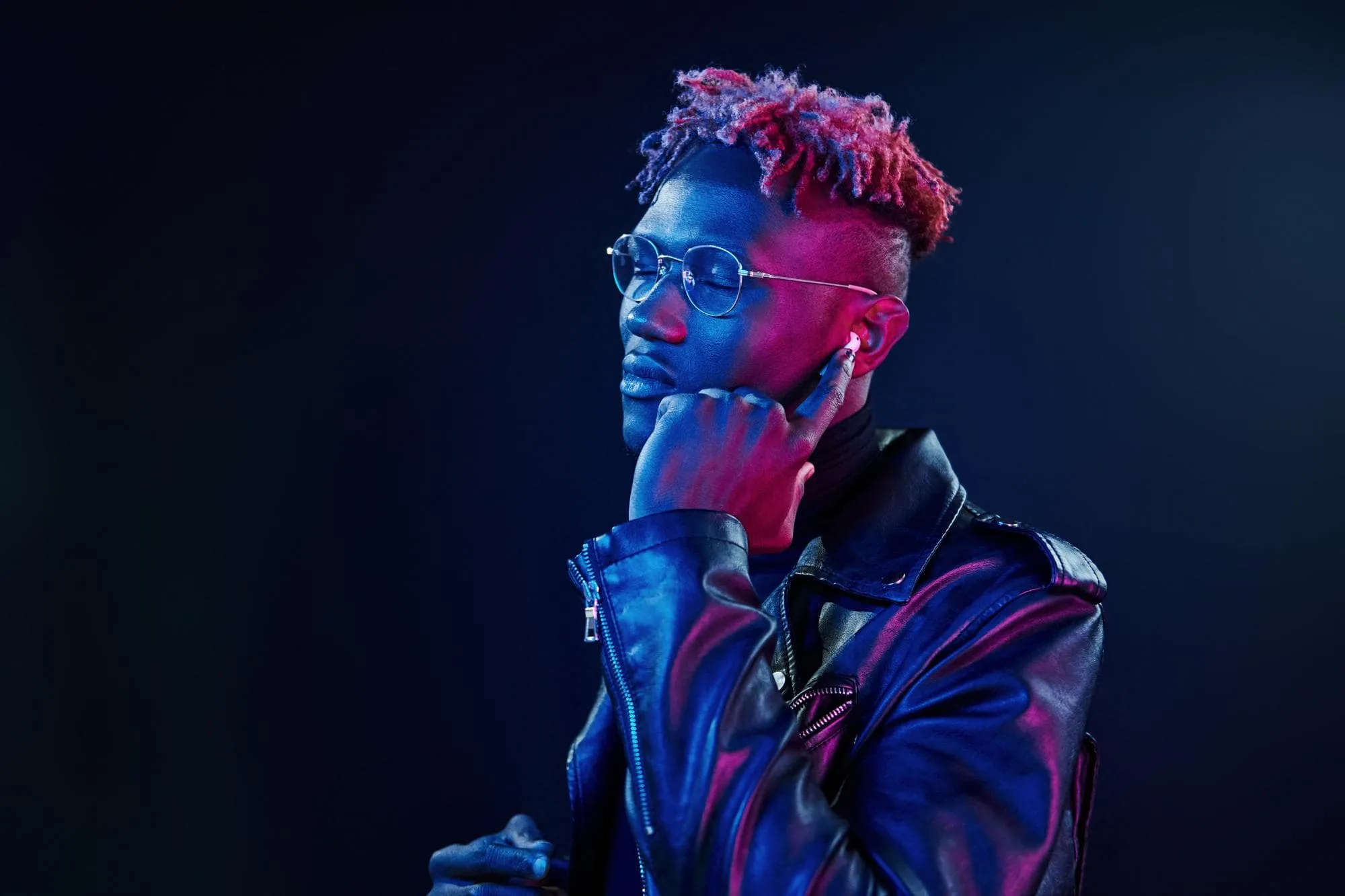
Creating Brand Identity.
For businesses and brands, establishing a recognizable brand identity is paramount. Royalty-free music offers the opportunity to create a consistent sonic signature that aligns with your brand’s values and personality. By selecting music that resonates with your target audience and represents your brand’s essence, you can strengthen brand recognition and create a memorable experience for your customers.
Flexibility and Cost-Effectiveness.
One of the significant advantages of royalty-free music is its flexibility and cost-effectiveness. Unlike licensed music, which often involves complex rights management and can be costly to obtain, royalty-free music allows creators to use the tracks for a one-time fee or even free of charge in some cases. This accessibility empowers creators with limited budgets to access high-quality music that elevates their projects without breaking the bank.
Legal Compliance:
Using copyrighted music without proper licensing can lead to legal issues and potential financial liabilities. Royalty-free music eliminates this concern as it is specifically created and licensed for use in various projects without infringing on copyright laws. By utilizing royalty-free music, creators can focus on their creative vision and deliver their content with peace of mind.
Flexibility for Editing and Adaptation.
Royalty-free music often comes in various formats, allowing creators to easily edit and adapt the tracks to suit their specific needs. Whether it’s adjusting the duration, tempo, or adding or removing specific elements, the flexibility of royalty-free music allows for seamless integration with visuals, dialogue, or other audio elements in your project.
Conclusion.
The power of royalty-free music in enhancing creative projects cannot be underestimated. From setting the tone and evoking emotions to enhancing narratives and establishing brand identity, music plays a pivotal role in captivating and engaging audiences. With the vast libraries of royalty-free music available today, creators have the freedom to explore and experiment, finding the perfect tracks that align with their vision and bring




